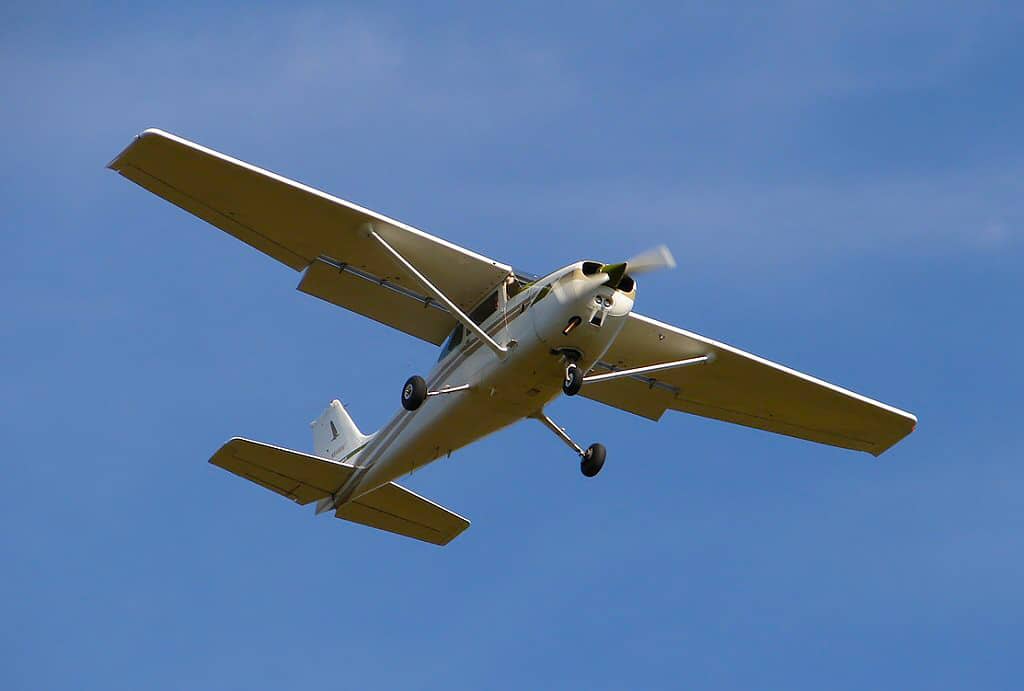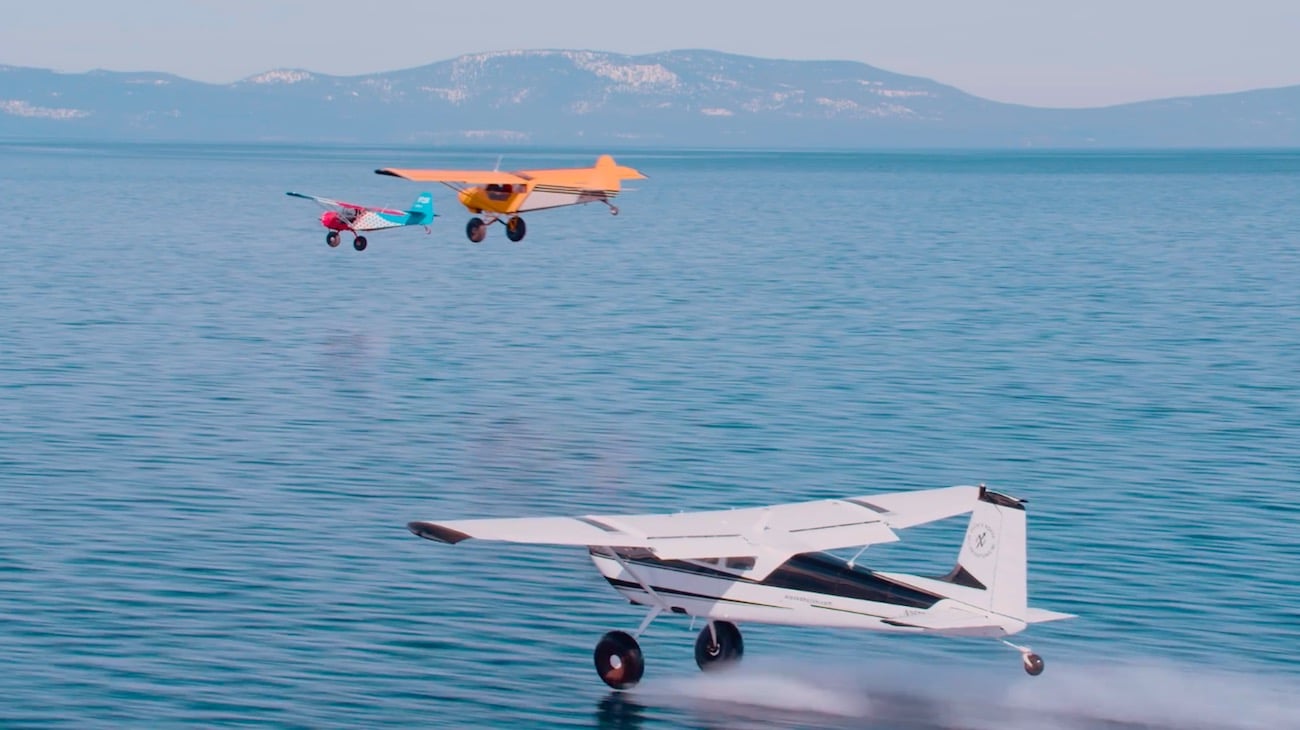The airport improvement program grants will go to 15 different airports around the nation.
U.S. Transportation Secretary Anthony Foxx has announced more than $123 million in FAA Airport Improvement Program grants in two different areas. The first group of six airports will be receiving more than $90 million in grants for airport runway, taxiway, and apron projects. “A safe and efficient air transportation system for the traveling public requires building and maintaining the airport infrastructure at our nation’s airports,” said Foxx. He added that funding projects like this not only creates local jobs and supports local economies, but it’s an important investment in the future.
The second group of nine airports will be receiving $33.7 million in FAA AIP grants in order to reduce emissions and improve air quality, through the FAA’s Voluntary Airport Low Emission (VALE) and Zero Emissions Airport Vehicle (ZEV) programs. Foxx said that this set of grants “represent the U.S. Department of Transportation’s continued commitment to reduce greenhouse emissions and work with airports and communities to provide healthier air quality for all Americans.”
Airports Receiving Infrastructure Grants
- Huntsville International Airport (Alabama) – $9.6 million in funding is going to complete the second phase of a five-phase project constructing a new parallel Taxiway C. Work for phase 2 will include site preparation and drainage improvements for the 0.6-mile long segment that connects the cargo aircraft parking area with north end of Runway 18L/36R. The project, expected to start in Spring 2017 and be completed by August, will help increase safety by reducing mid-field runway crossing by cargo aircraft.
- Kansas City International Airport (Missouri) – $19 million will be going to fund the reconstruction of an estimated 9,000 feet of Taxiway B. In addition to repairing the pavement’s structural integrity, they’ll also “correct the design geometry of the taxiway” and improve the airfield lighting, signs, circuits, and markings. Taxiway B, which runs parallel to Runway 1L/19R, is considered important as it provides primary access to the terminal apron area, commercial aprons, and the general aviation apron. Construction will begin in Spring 2017 and is expected to finish by November 2017.
- Bismarck Municipal Airport (North Dakota) – $13.5 million will fund the first in a three-phase project to rebuild a portion of Runway 13/31, as it can no longer be repaired. The rebuild will ensure the runway meets current safety standards and is expected to start in Spring 2017.
- Portland International Airport (Oregon) – $11.6 million will go to the reconstruction of an estimated 3,300 feet of Taxiway B Center, including exits B3-B5, B8 holding bay areas, and intersection at Taxiway B and M. In addition, the taxiway shoulders will be widened from 15 to 30 feet and they will be replacing and installing new drains. The project is expected to run from April 2017 – October 2017.
- McGhee Tyson Airport (Tennessee) – $27.9 million will go to the third phase of a five-phase project to reconstruct Runway 5L-23R. Phase three will include site preparation, earthwork, and drainage improvements. Once finished, the runway will “enhance safety by meeting design standards to correct the pilot’s line of sight and remove vertical curves along the runway centerline.” Phase three of the project has started and is expected to be finished by September 2017.
- Jackson Hole Airport (Wyoming) – $8.6 million is going to repair an estimated 33,000 square feet of the current commercial service apron in aircraft parking areas eight and nine. The project, in phase four of a six part plan, is scheduled to move forward in Spring 2017, and be done by October 2017.
“Ensuring the infrastructure needs of our commercial, general aviation, and civilian-military use airports is critically important to the FAA,” said FAA Administrator Michael P. Huerta.
Airports Receiving Environmental Grants
- Chicago O’Hare International – $3.6 million will be used to purchase and install 124 new electrical charging stations, which will allow airlines to use electric powered ground service equipment such as belt loaders, aircraft tractors, and baggage and cargo tugs.
- Memphis International – $2.4 million will go to purchasing and installing 11 ground power units (GPUs) and 11 preconditioned air units (PCAs) for passenger gates.
- George Bush Intercontinental Airport Houston – $1.5 million will fund the purchase and install of five PCAs for passenger gates and 68 electrical charging stations for ground service equipment.
- Dallas Fort Worth International Airport – $3.1 million will be used to purchase and install 23 GPUs, five PCAs, and a pair of air chilling units in passenger gates
- Los Angeles International Airport – $4 million for the purchase and install of 9 GPUs and the necessary electrical infrastructure for remote parking areas.
- Portland International Airport – $5.7 million for purchasing and installing 27 PCAs at passenger gates.
- San Francisco International Airport – $10.6 million in order to purchase and install 5 GPUs and 5 PCAs and the necessary additional infrastructure for five remote maintenance stations.
- Boise Airport – $200,000 in order to purchase and install a solar-powered water heating system for the terminal.
- Indianapolis International – $2.6 million for the purchase of 6 electric shuttle buses, three charging stations, and the necessary infrastructure to install the charging stations.
Huerta said, “We applaud these airports for working to reduce ground emissions and being responsible stewards of the environment and good neighbors to surrounding communities.” According to the FAA, the Airport Improvement Program (AIP) provides more than $3 billion in annual funding.
Featured Image: PDX by Ryan Harvey, CC2















Leave a Reply